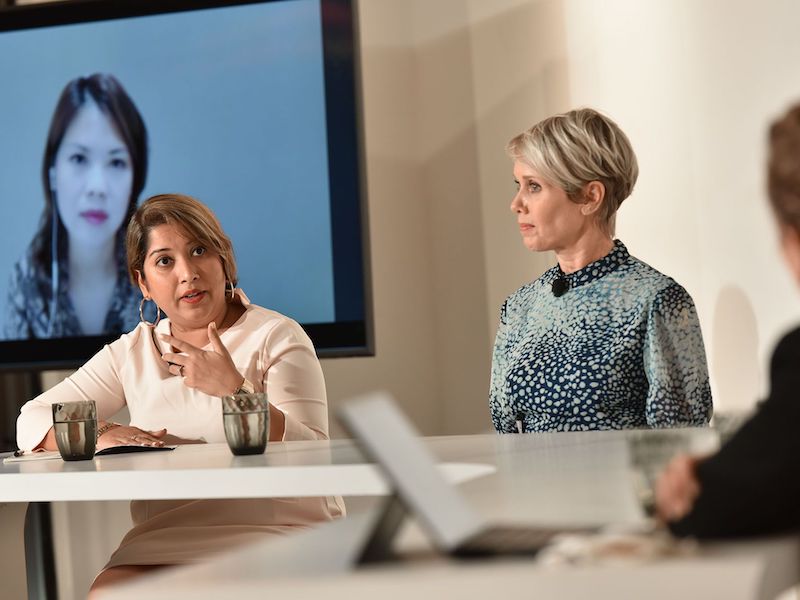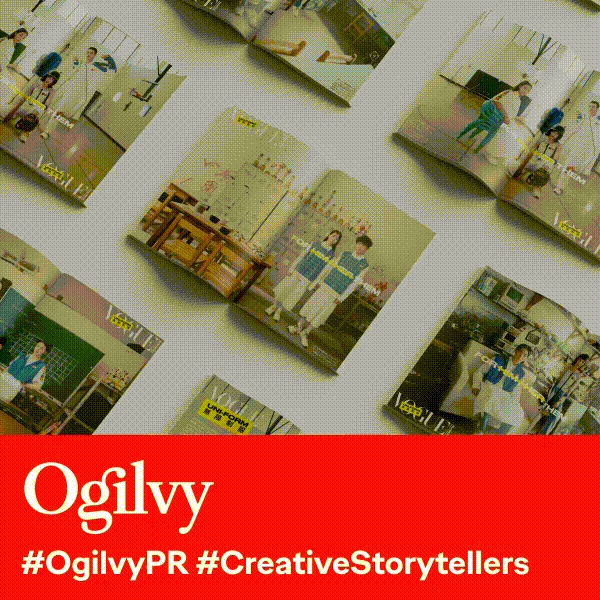Maja Pawinska Sims 20 Sep 2021 // 8:18AM GMT

HONG KONG — As the communications industry evolves its post-Covid working models and employees insist on greater flexibility and more emphasis on purpose, new approaches are required to attract and retain talent, according to in-house and agency speakers at PRovoke Media’s Asia-Pacific Summit.
At LinkedIn, head of employee communications for APAC and China Dawn Chia said: “We’re calling this the great reshuffle: employees are rethinking not just how they work but why they work. According to our recent survey of top executives, flexibility and trust are top of mind – 87% of employees told us they prefer to work remotely half the time – so companies need to start adapting workplaces. The share of remote jobs posted on LinkedIn has grown 8.5 times since the start of pandemic: it was 2% of global job posts in March 2020 and is now 20%.”
Archetype, Hong Kong general manager Liz Weselby said this was “a critical juncture” for employees, employers, businesses and agencies: “The trends are work from home flexibility, hiring for skills, and providing a culture and environment where people feel trusted, empowered and have a sense of belonging. It’s about making work work for you. Working nine to six is not relevant now.”
Also on the panel was BASF head of communications services Bhavna Satyanarayan, who confirmed the demand for new ways of working was a trend in Asia-Pacific as well as in the West: “We’re seeing this shift very firmly in Asia. I’m building a team in Kuala Lumpur as it will be our communications hub going forward to service Asia and everyone is working remotely. Hiring and onboarding completely remotely, from China to Australia and New Zealand, requires a different mindset. You have to have trust when your entire team sits away from you and traditional core working hours are being completely broken down, and the workplace is about collaborative spaces.”
And Satyanarayan said employers were now looking for broader skills rather than direct experience: “When we’re hiring people and building teams, communications skills in the traditional sense are no longer what we look for. For instance, we want language skills, people who can speak Korean or Vietnamese, and that’s not always easy to find in comms, so people are coming in from different backgrounds.”
Discussing whether the oft-cited “great resignation” was a phenomenon in Asia, the panellists said it was notable that departing employees were moving out of the industry altogether more frequently than previously.
Weselby said: “We’re definitely noticing resignations across the region but it’s manifesting to different degrees and in different ways. In markets impacted more severely by Covid, like India, and markets which have had extended lockdowns, like Australia, people really are looking for a different sense of purpose, a different role or a different lifestyle. People are coming to us and saying they want to be a teacher, or to go back to study, or to be a stand-up comedian.”
Asked whether the communications industry could “compete with shrubbery” – referring to those leaving the industry who go onto careers in garden design or horticulture – Weselby said: “If it’s someone’s passion, we can’t compete, but maybe as they are setting up a new business we can be flexible and they can carry on working with us so we can retain some of their talent. We’re all working this out, and working through it.”
Satyanarayan agreed that innovative new ways of approaching the talent challenge were now required: “The gig economy is growing, so how do we marry what people want to do and give them the confidence to say, ‘I’m going to take a couple of hours off to tend my shrubs’? It’s about giving teams a lot of empowerment and a lot of responsibility. We need to be open, to care for them, and get personal.”
At LinkedIn, Chia said that the scale of upheaval in the job market meant that employer branding – and articulating the purpose of the business – has never been more important: “Job seekers are nearly two times more likely to apply for a job if they recognise the brand. Covid has put additional pressure on brands to be more transparent and accessible for internal and external stakeholders. So how do you draw in prospective candidates and bring them on the journey by showcasing your purpose?”
The multi-generational workforce and DE&I were also important areas for employers to get right to attract and retain talent, said Chia: “We’ve never seen five generations working together, and we have to find a way for people to work well. We’ll all become older workers, especially with birth rates declining. And the diversity piece very important, to create a space of belonging and connecting underrepresented employees.”
Concluding the session, Sarah Crawshaw, MD of AWPeople and Teneo Talent Advisory, said: “The companies who will win the war on talent will be those who are progressive, who are trying to bridge generational differences, mindsets, culture and different ways of working. In the digital economy, people can make a lot of money without a traditional job and that’s what’s coming down the line for businesses: attracting the smartest and brightest in the future will become harder and harder. It’s all going to be about value and purpose.”


































.jpg)

















